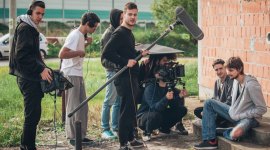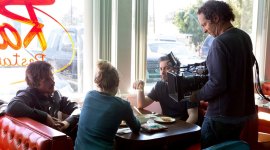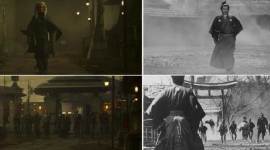
A Guide to Using B-Roll Effectively in Your Video Edit
B-roll is the secret sauce to video editing. Let’s go over what B-roll is and how you can be sure to capture the best B-roll for your edit.
What Is B-Roll?
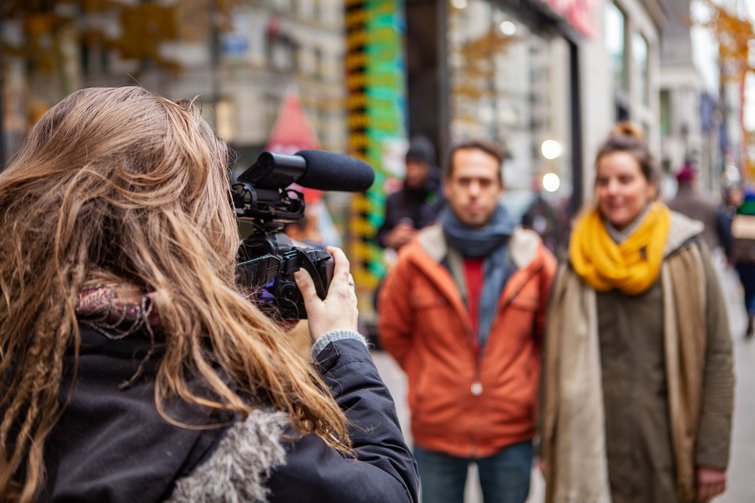
B-roll, in a straightforward definition, is supplementary footage or alternative shots used in a video, in contrast to your “A-roll,” which is your main footage or primary shot. By definition, B-roll is secondary to the main image, but that doesn’t mean it’s not important to the storytelling. I’d argue B-roll can be just as important—or even more impactful—than A-roll when used properly.
For illustrative purposes, in a documentary setting, your A-roll would be the interview of your main subject, with them answering questions on camera. B-roll would be the shots of them doing the actions on camera that they’re discussing, typically playing while their voiceover is playing on top of the footage.
Why Do We Use B-Roll?
The importance of B-roll is multifaceted. There are quite a few reasons we use B-roll in video creation—in practical terms, for storytelling, and for aesthetics.
I like to consider B-roll similar to spices when cooking. The A-roll (or main subject) would be the main dish, and the B-roll are the sides and seasoning that can amplify the meal. A chicken breast on its own can be bland and boring. To extend the metaphor further, sometimes the sides and seasoning is what really makes the meal special (I have a history of relating filmmaking to food).
Tool for Editing
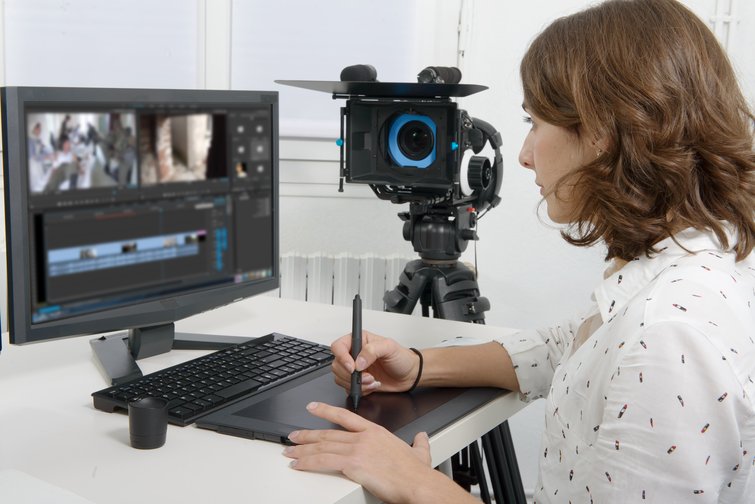
If you boil B-roll down to one practical purpose, it would be its importance in editing. B-roll gives the editor options when cutting up a video and a way to mask cuts when just using main footage won’t work.
During an interview, there may be moments where the dialogue has bits that need to be cut out or thoughts that need to be consolidated. If you viewed just the cut-up interview without the use of B-roll, the viewer will notice a lot of back-to-back cuts, jump cuts, and dialogue that may feel a bit out of place. Layering B-roll over the cuts allows for more flexibility when editing, and options to use when the editor doesn’t want to use the main shot. B-roll can mask the edit and make the video feel seamless overall. Otherwise, you’d have one jumpy video and a pretty unsettled viewer. Having adequate B-roll for the edit will ensure you spend less time trying to figure out how to make a cut work, and more time focusing on the message of the video.
In Transition
B-roll can also be used as a way to transition from one scene to another or out of a video entirely. Opening on a scene with a solid B-roll shot, then bringing in the dialogue from an interview can make for some extraordinary, next-level transitions. To come out of a scene, an editor may choose to stick on a selected B-roll shot until after the voiceover has ended, and continue with the B-roll shot as the next subject’s dialogue comes in.
Pacing
Early on as an editor, I was cutting together news packages, and my boss gave me a prime piece of advice: Not every cut and piece of information has to be rapid-fire, back-to-back. Let the visuals do some work and let the story breathe a bit. B-roll can be the perfect way to pace a story and give the information on screen a little time to settle in with the viewer. The video isn’t a sprint to the finish line, it should be an enjoyable experience. As a green editor, I was cutting interviews to have voiceovers every second of the footage, sound bite right into the next sound bite. This made it difficult to really follow the story and allow the information to resonate. With the use of B-roll, you can let the voiceover end, while continuing the B-roll for a few moments. The B-roll can be a place for the viewer to breathe and take a mental break. Pacing is a necessary place to improve as an editor and B-roll can make it a lot easier.
Giving Context
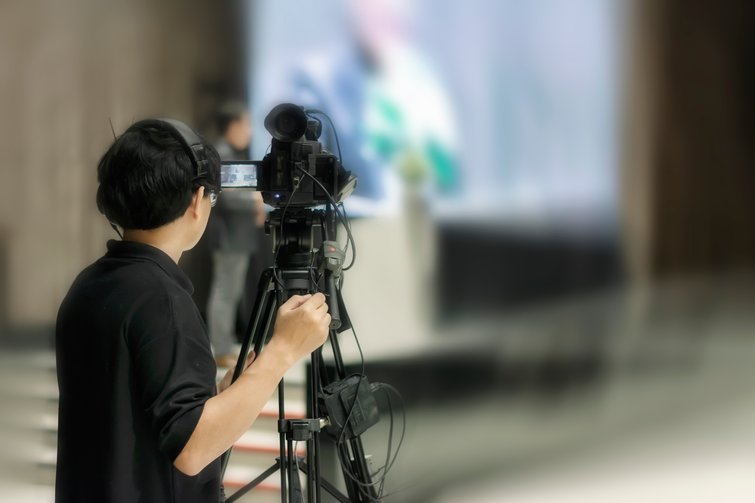
Stepping away from the pure practicality of B-roll, we start to get into the narrative aspects. B-roll is an important piece of the storytelling puzzle and a tool that can be greater than the sum of its parts.
When used correctly, B-roll can supply the audience with information or context to the main subject of the video. B-roll can show the literal act of what’s being discussed on camera or show the location of where an event is taking place. As an example, a chef may be discussing a brand-new dish available at his restaurant. Good use of B-roll would be to show shots of his restaurant, as well as the dish being prepared, ending with shots of the dish itself. The viewer gets an inside look as to how everything is made, the context in which it will be served, and the final product. Visually, this works a lot better than simply having the chef on camera with the dish in-hand, simply discussing the new recipe.
Engagement
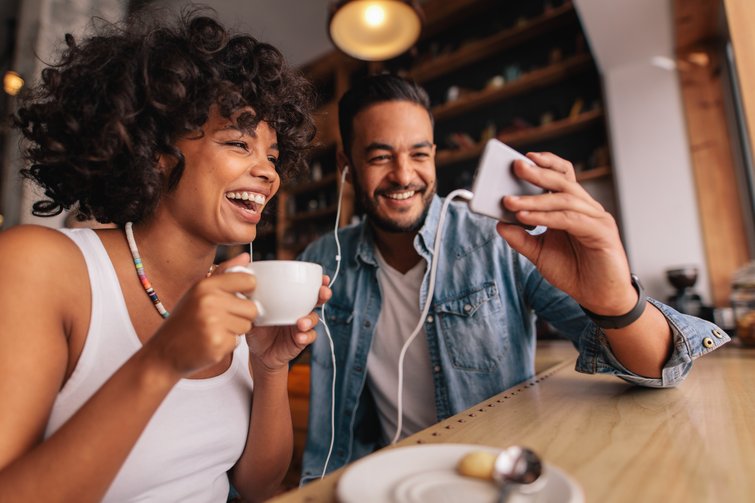
In my opinion, the biggest reason to use B-roll is to better engage the audience. B-roll allows the editor or director to break up a visually stale scene with fresh imagery. Imagine how boring a documentary would be if you were only able to watch the subjects being interviewed. B-roll allows for more creativity, better engagement with the viewer, and a better viewing experience, overall.
Types of B-Roll
The term B-roll is pretty broad and means anything that supplements the main footage. There are various types of B-roll used in filmmaking and different use cases for each one. Let’s break down a few types of B-roll you may see or need to capture.
Exteriors/Establishing Shot
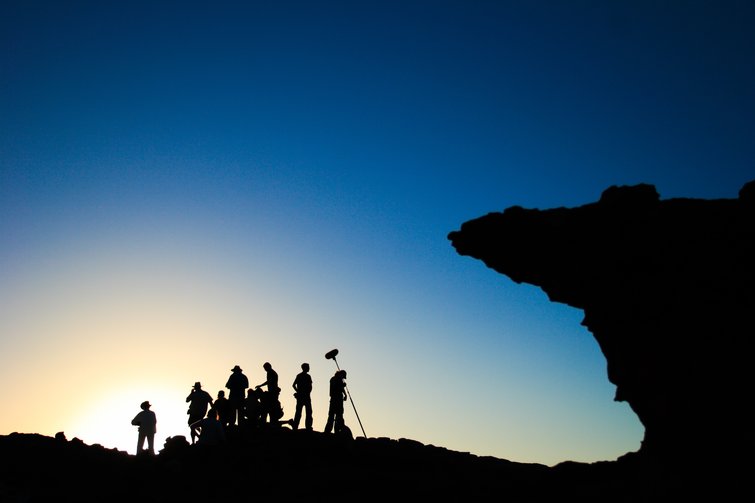
The establishing shot or exterior B-roll shot shows the location or building of where your scene is taking place or the subject being discussed. Exterior shots can serve multiple purposes. These are often referred to as “establishing shots” because it establishes the exterior location of the upcoming scene. You may have noticed these used in TV shows or movies. Right before a new scene begins, we see the outside of a generic school building, and now we’re primed to understand the next scene will be taking place inside the school. That’s not to say they should only be used at the beginning of a scene. Simple exterior shots are important to use if the subject matter calls for it or the dialogue references something outside.
Similarly, exteriors are a nice way to transition from one scene to the next, or change the tone of a project. As the example scene moves from the school classroom to home, we’ll get a nice exterior/establishing shot of a character’s house, moving us seamlessly from one location to another, without confusing the audience. If you pay close attention to some of your favorite shows, sometimes this exterior shot only lasts for a couple of seconds or a few frames, but the transition shot still gives us visual clarity that the scene has changed locations.
Cutaways/Inserts
Cutaways or inserts are a B-roll type you’ll find a lot in narrative or fictional work. As the name implies, the shot cuts away from the main shot and inserts an additional shot, interrupting the main shot to give the audience a bit more information about what’s happening. A cutaway may also focus on an important object that isn’t obvious in the main shot. For instance, during a fight scene, a wide camera angle is often used to show both actors duking it out and it may not be obvious to the viewer that there’s a weapon available nearby. A cutaway would be inserted to show a close-up of the weapon, informing the audience the weapon is within reach and about to be used.
Cutaways can also be used in editing to clean up the pacing or performance of an actor. An editor may want to piece together two different takes of a single line. In order to piece these different takes together, they’ll use a cutaway of another character’s reaction or relevant action on screen, then come back to the other take. You may also see a similar technique used in news or documentary work. To mask a cut, we’ll get a short insert of the director or reporter reacting to an answer or asking the question to the guest.
Reenactments
If you’re a fan of true crime docs, you’ve undoubtedly seen a reenactment or two. Reenactments takes a piece of the story an interviewee is discussing and recreates the action to be included in the video to better illustrate what happened. Since the filmmakers weren’t there when the event took place, they do their best to create the scene in a fictional setting with actors. This footage is then used over the interview to give a better, more interesting perspective into what’s being said on camera.
Stock Footage
Sometimes, you just don’t have the resources to shoot everything yourself. Or you just don’t have enough B-roll video to complete an edit. This is where stock footage can really come in handy. Stock footage are video files usually found in a library meant for general use and can be used across a broad array of projects. Need a shot of a cow? Of someone baking bread, or walking down a lane? There’s stock footage for that. Stock footage is generally created to fill any broad gaps a filmmaker could need, rather than a specific niche. If you’re needing a shot of a rare breed of animal, you’ll probably need to shoot it yourself.
Tips to Editing B-Roll
Grasping why an editor should use B-roll and how to incorporate it into an edit is key to advancing your skills in post. Good use of B-roll can easily separate the amateur editors from the pros. Here are some simple ways you can start including more B-roll into your edits:
Literal Imagery
Nonfiction, news, or documentary settings are the easiest format to fill with B-roll. You’ll find yourself with a lot of opportunities to fill gaps with relevant footage. Consider using footage that’s literally being described on screen or by the interviewee. If the news package is about a new park coming to town, simply cover the story with general footage of parks and related activities. Don’t be afraid to get broad with the imagery, either. If we’re too specific with the type of footage we need, we may not be able to find any footage that fits the bill. These types of projects can also be filled with stock footage (if necessary), as this type of footage is generally broad itself.
There’s Almost Never Enough B-Roll
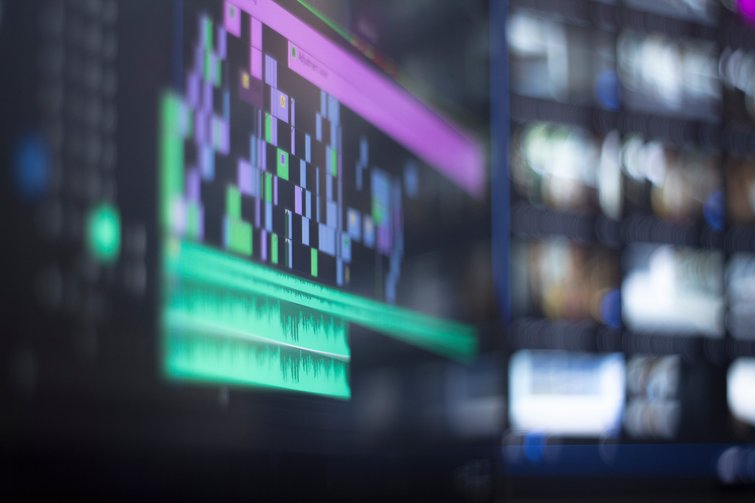
Wherever there’s an opportunity to cover footage with some B-roll, it’s typically a good idea to do so. I try to bring our main subject back into frame every so often to check in, but about 75% of my timelines are covered with B-roll.
Allowing for extensive use of B-roll keeps the imagery fresh and engaging for the audience. If you want an audience member to stay engaged, a good technique is to use a lot of relevant B-roll.
Let the B-Roll Do the Heavy Lifting
Although its called “B” roll, that doesn’t mean it can’t be the main visuals doing most of the storytelling. B-roll isn’t inherently second string—give the B-roll footage an opportunity to do the heavy lifting within a project. An editor can create a sense of tone and environment through the use of B-roll that the main footage wouldn’t be able to accomplish. Lean into that.
Tips for Capturing B-Roll
Have you ever shot a project and about a week later you feel your ears burning? That’s the editor yelling your name because they don’t have enough B-roll for the edit. Let’s stop that from happening and keep our editors happy. Here are some tips to capture solid B-roll:
Overshoot vs. Undershoot
In 2021, worrying about card space or running out of film is basically a thing of the past. If you’re worried you haven’t captured enough footage, just keep shooting. It’s safer to have way too much footage for your editor than not enough. Your editor may be a little peeved that you’ve sent over WAY too much footage, but I guarantee they’ll be less upset than if you didn’t send enough.
Shot List
As with any production, having a plan is the first step to success. Same goes with capturing solid B-roll. Think about the subject you’re covering and the shots you know you’ll need to capture. Make a list (at least in your head) and start working your way down to ensure you’ve got them all. You never want to leave a shoot forgetting to capture an important piece of footage.
Shoot at Various Focal Lengths
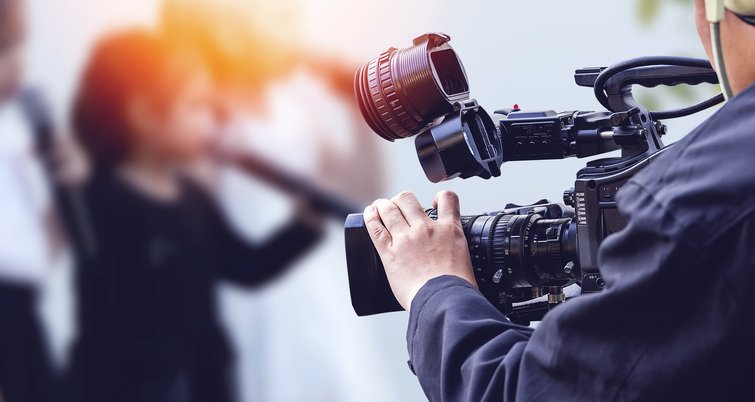
Give your editor options to work with—shoot your B-roll at various focal lengths to allow for more shot choices in post. If you have a zoom lens, punch in a little and reframe your previous shot. The editor may be able to use both shots, wide for establishing and the closeup for more detail.
Consider High Frame Rate
Shooting at a high frame rate is a solid way to turn normal B-roll footage into something that looks awesome. A slow-motion alone can elevate the project to look quite a bit more cinematic and exciting. Shooting HFR also extends the footage out to double or triple the standard clip time (depending on project frame rate and captured frame rate).
Find the Subject
Far too often, I’ll receive footage from a shooter and I can’t quite make out what I’m supposed to be looking at or where the subject is in the frame. Some shots are like the videographer tossed out a wide net and just shot what was in front of them. Make clear decisions about what you’re shooting and what the subject is within the frame. Stick on that subject and capture a few variations of them from multiple angles, positions, or focal lengths.
Get Creative
As previously mentioned, the B-roll really has the opportunity to be the star of the show. B-roll doesn’t have to be generic and boring, so take some liberties and experiment. If it doesn’t work, oh well, it’ll just be on the cutting room floor. If it does work, you’ll have the editor/director singing your praise. Take some calculated risks and try something new.
B-roll is, without a doubt, one of the most important aspects of filmmaking. Once you understand how to capture it and put it to good use, you’ll be on your way to creating some compelling stories. As always, don’t be afraid to expand on our tips and bend the rules a bit.
Bonus: We Got That B-Roll!
For more filmmaking tips and advice, check out these articles:
- How Documentary Filmmakers Make Synthetic Light Look Natural
- Documentary Tips for Filming Undercover and Undetected
- Picking a 4K B Camera for a Documentary Project for Around $1000
- Helpful Tips Every Audio Engineer Wants You to Learn
- Advocacy in Production: When a Woman with Influence Has Your Back
Cover image via N Semprevivo.



